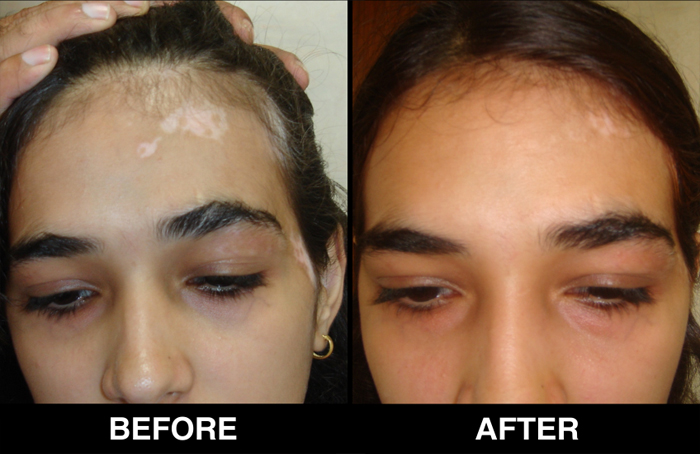Procedures
Excimer Laser
The use of the EXCIMER LASER in corneal refractive surgery has greatly increased the safety of the procedure as the refractive correction is achieved by removing as little as 10-20% of the total corneal thickness.
The EXCIMER LASER is a “cool” laser and does not generate heat in the cornea. The laser energy destroys intermolecular bonds in the corneal tissue resulting in tissue removal by a process termed “photoablative decomposition”. The exquisite precision with which the tissue can be removed, and the absence of thermal damage, render this laser suitable for surgery on the delicate cornea.


